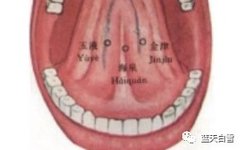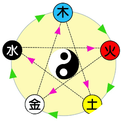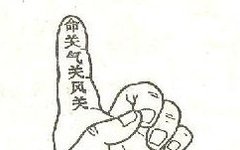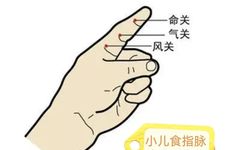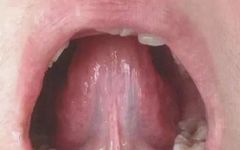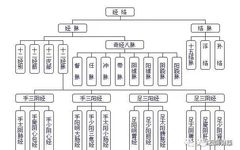Sublingual Collaterals: Stagnation of Jin Jin and Yu Ye
Jin Jin and Yu Ye are names for the external extraordinary points.Also known as Lian Quan, they are located under the tongue.According to the “Great Compendium of Acupuncture and Moxibustion,” they are situated on both sides of the tongue, precisely at the lateral edges, with Jin Jin on the left and Yu Ye on the … Read more

